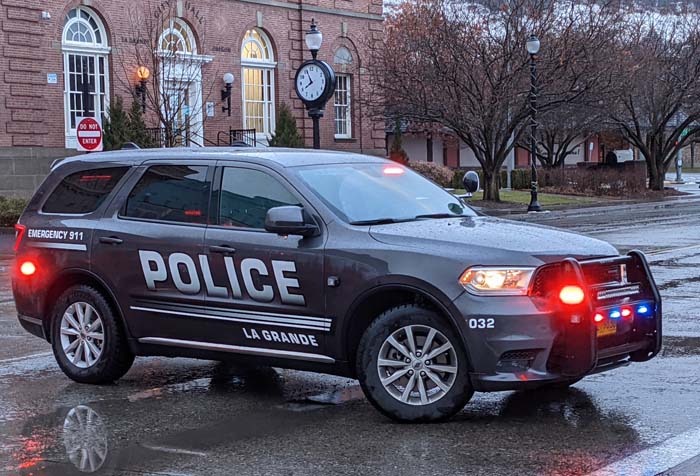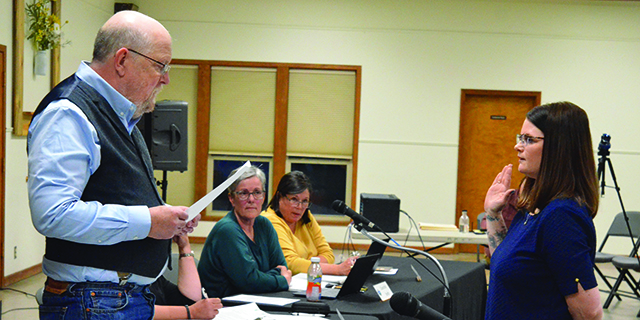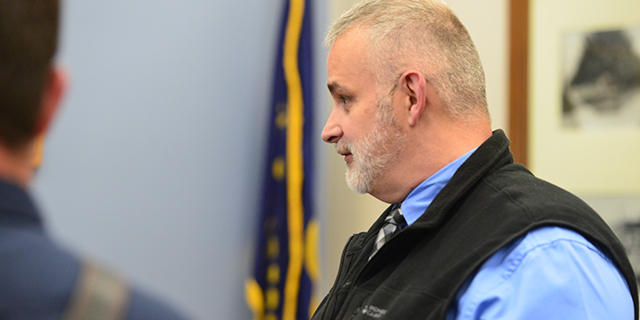Local law enforcement leaders discuss the dangers of swatting
Published 3:00 pm Tuesday, February 28, 2023

- Bell
LA GRANDE — Last week, 911 dispatch centers across Oregon received hoax calls about active shooters at high schools.
Trending
Throughout the state, including in Baker, Hermiston, Ontario, Enterprise and Bend, law enforcement agencies determined that the threats were noncredible and that high schools were being targeted by swatting calls, known as such in reference to SWAT teams. The call is made to draw a larger number of emergency services to a particular address.
This type of hoax can be dangerous for a number of reasons, according to Union County Sheriff Cody Bowen. Swatting could lead to undue panic and also ties up valuable resources.
“We don’t want chaos,” Bowen said.
Trending
La Grande High School was the target of one of these swatting calls on Tuesday, Feb. 21, when someone called Union County dispatchers to report an active shooter at the school. The school resource officer was on the campus at the time and was able to quickly assess the validity of the report.
“What’s important to me is that we do whatever it takes to ensure the safety of our students,” Bowen said.
However, swatting limits the number of law enforcement personnel available to handle other emergency calls that come in at the same time, the sheriff noted. All threats — even those suspected to be a hoax — must be fully and thoroughly investigated.
“As with any call that comes into our dispatch, we need to vet those calls,” Bowen said.
La Grande Police Chief Gary Bell said such a call could be considered criminal.
“Last week’s fake call of an active threat at our high school angers me,” he said. “At face value, initiating a false report such as this is criminal.”
Bell said false reports put an undue burden on all involved.
“Actions such as these endanger our community. They’re stressful for our first responders, potentially traumatizing to our students, school staff and parents, and unnecessarily tie up our emergency response resources when they could be needed somewhere else,” he said.
Both the Union County Sheriff’s Office and La Grande Police Department responded to LHS after the swatting call. While the details of the false report were determined to not be credible, the entire campus still needed to be searched.
Law enforcement also provided extra patrols and presence at school campuses for the remainder of the day, which “takes a big toll on our resources,” Bowen said.
The motivation of the caller is also a major component to consider when discussing the dangers of swatting, Bowen said. The caller could be making the call in order to watch and gather information on law enforcement’s response. The caller could also be attempting to divert resources and focus law enforcement’s attention away from a certain area.
“With swatting in general, we don’t know what the motivation is,” Bowen said.
Bowen added that it could also just be random, which is what he currently believes the incident at LHS to be. He said he hopes whoever made the call is found so they can be held accountable, something Bell agreed with.
“I don’t know the motivation of the individual who initiated this false report, but I’m thoroughly unimpressed and would like to see the individual held to the full account of the law,” Bell said.









